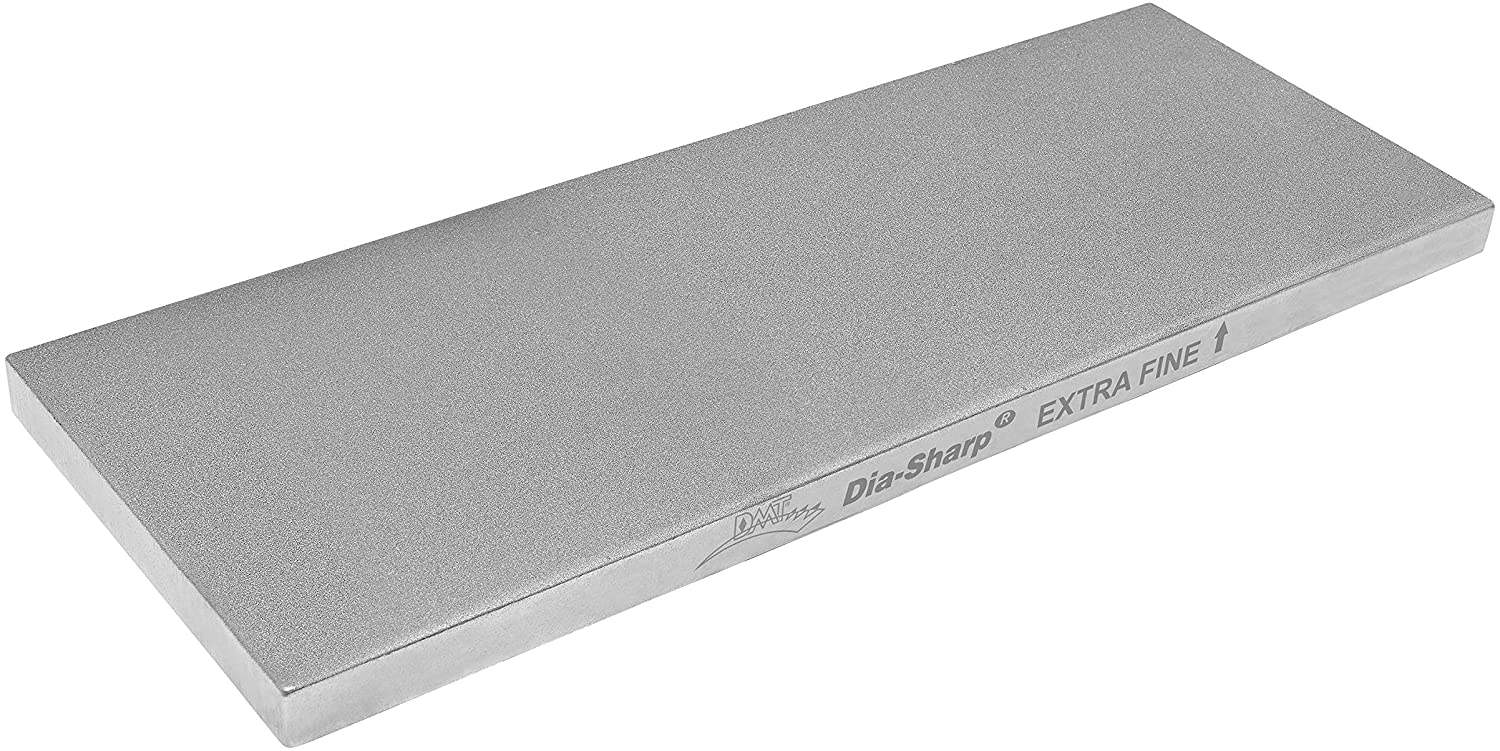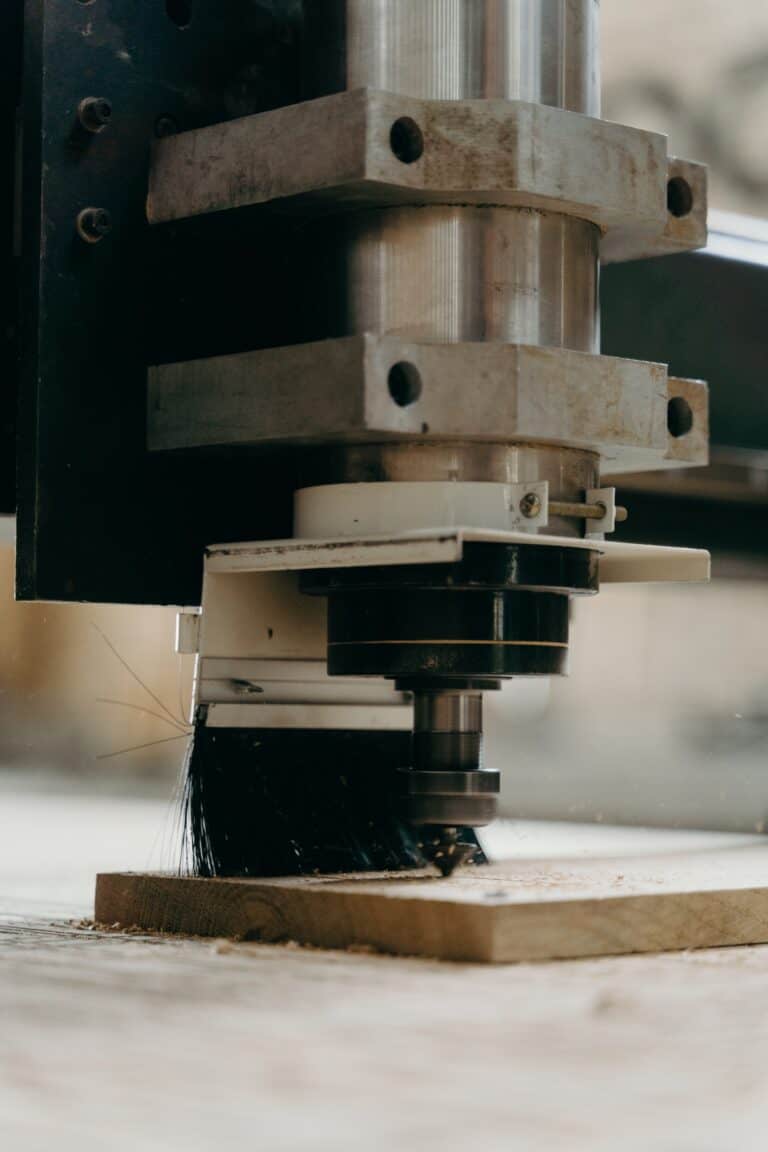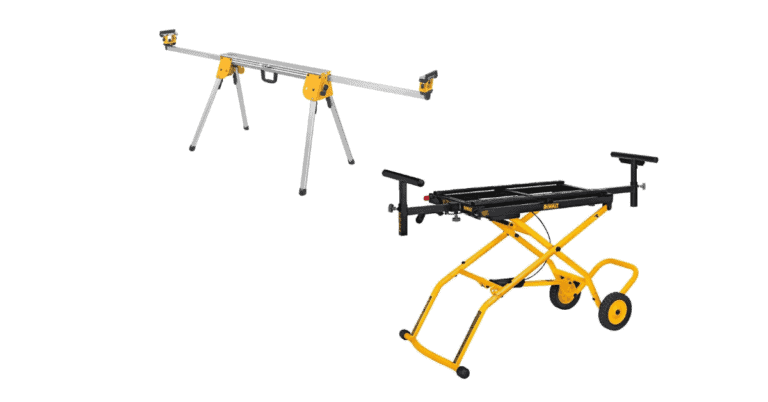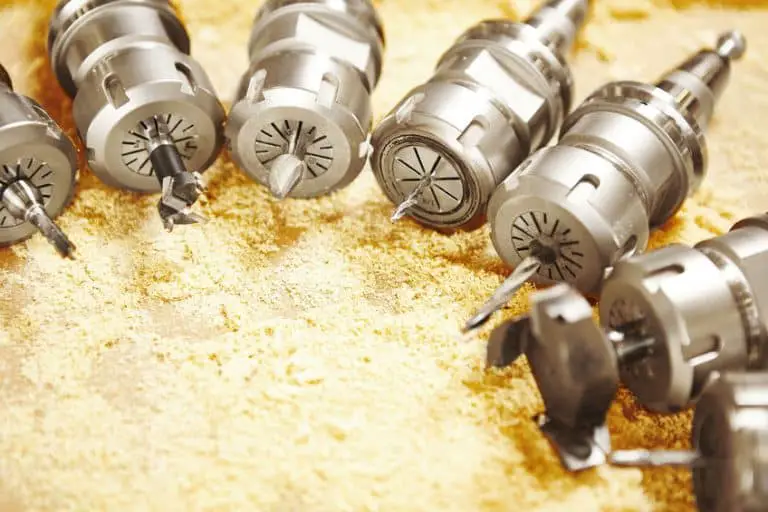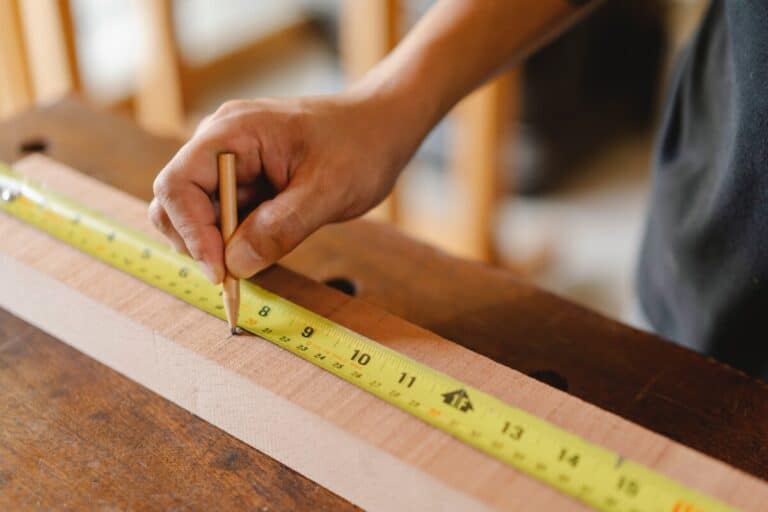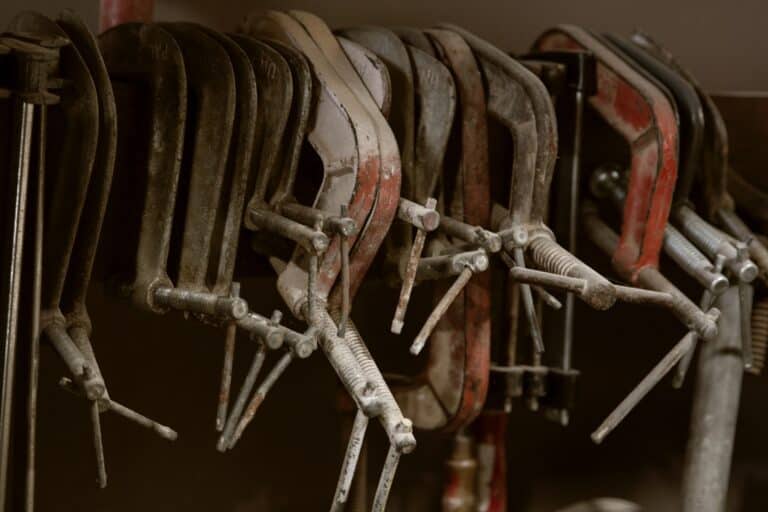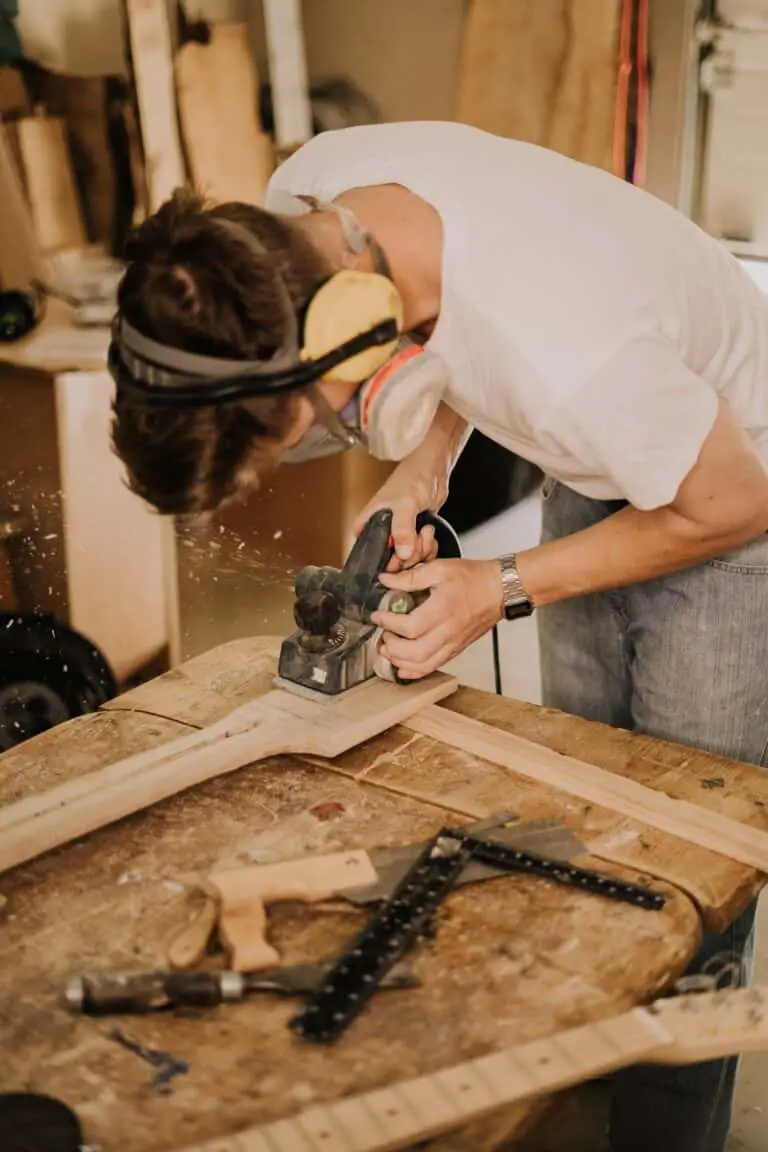If you are in woodworking and use hand carving tools such as chisels and planers you know the sharper the blade the better. It carves better and creates the best product you are making. You know you pay hard-earned money for good tools, why not get the most performance and longevity.
The way to get the most out of your tools is to continue to clean, sharpen and keep them at their peak performance. This is a no-brainer. How do you do keep them clean and sharpened? The best solution is Diamond Sharpening Stones. They come in different varieties, shapes, and sizes so you need to know what you using them for and how to get the most out of them.
The biggest question asked regarding the best diamond sharpening stone is how long will it last? The best answer is a long time. However, understand depending on the brand, grit, and type of stone it will lose aggression over time causing you possibly take longer to sharpen your tools. So depending on the type of repair you are wanting to perform, aggressive or just maintenance, you may want to keep this in mind.
What Is A Sharpening Stone And What You Should Know
The sharpening stone, also known as whetstones is used to sharpen the edges of woodworking tools and other steel tools you may use around your woodshop or home.
These woodworking sharpening stones are available in a wide range of shapes, sizes, and material compositions. They also are available in many different shapes and sizes, such as flat, for working flat edges or shaped for more complex edges, such as those associated with some wood carving or woodturning tools.
They also are available in different materials such as natural quarried material or man-made material. You can get them in various grades, (or grit size of the abrasive particles in the stone). If you didn’t know what grit size is – Grit size is a number, which indicates the density of the particles on the surface. A higher number shows a higher density and therefore smaller particles, this gives a finer finish to the surface of the sharpened object.
More Info: Stones that are intended for use on a workbench are called bench stones, while small, portable ones are known as pocket stones.
Cutting Fluid: Sometimes whetstones are used in conjunction with a cutting fluid to help sharpen and carry away the swarf. Conversely, the sharpening stones used with water for the same purpose are often called water stones or water stones, additionally, the stones used with oil sometimes oil stones or oilstones.
What Does A Sharpening Stone Do?
A sharpening stone is used to remove the imperfections of a knife’s blade so that it can have a consistently sharper edge. This allows you to have the sharpness of your tools that are capable of more detailed work without having to resharpen them constantly.
There are many different types of sharpening stones with their own specific advantages and disadvantages. The main distinction between them is their grit which refers to how fine or coarse they are, this determines how smooth or rough the edge will be.
Can Sharpening Stones Wear Out?
It is not completely clear how long sharpening stones “should” last. Most of the time it depends on the amount of use, rather than simply time (there are no absolutes!). The best way to determine when you should stop using a particular stone is by paying attention to appearance and/or experimentation with other sharpening methods.
In terms of appearance, a sharpening stone will be visibly worn. It may even develop depression. With some experience, you can predict how much longer it will continue to produce effective results. In the worst case, you might have to use sandpaper or another abrasive material on a new stone in order to restore cutting ability. In the best case, you continue to use a stone past its prime.
We recommend that people buy a couple of stones and alternate them on a weekly basis during normal sharpening, allowing each stone sufficient time to flatten.
You can also use the “touch” method to determine when it’s time to replace a stone. Run your finger across the surface of the stone in question (being careful not to cut yourself, of course). If it feels coarse and rough, then that side is still effective. It should feel smooth and glassy with little or no visible wear.
What Sharpening Stones Do I Need For Woodworking?
Sharpening stones are an often-overlooked aspect of woodworking. They not only give your tools a better edge but also help you control your cuts for smoother results. The shape, grain, hardness, and grit of your sharpening stone all contribute to the sharpness and cutting angle of the tool all affect how sharp it can get. Different types of cutting jobs require different sharpening techniques. Here we cover some of the most typical and important ones.
Type of Tool: Chisel, Plane Iron and Bench Grinder Knife Sharpener
What do you need to know? A bench grinder does not produce a sharp edge; it just hones one that has already been made by another sharpener. The best way to use a bench grinder is to first sharpen the tool with a sharpening stone, then work it against a rotating stone surface on a bench grinder. This will give you the sharpest edge possible.
Type of Tool: Chisel and Plane Iron Sharpener – Waterstone or Oilstones?
What do you need to know? As these stones are softer, they tend to be quicker at cutting an edge but also wear away relatively quickly. They are best for sharpening tools that need a moderate edge. Oilstones are more effective at creating a finer, sharper edge while Waterstones allows you to achieve an extremely keen edge by refining the one produced by your oilstone.
Type of Tool: Chisel Sharpener
What do you need to know? Waterstones, oilstones, and diamond stones are the most common types of sharpening stones. Diamond stones have a rough surface so they don’t wear away as quickly as other stone surfaces. While this is a good thing, it means that diamonds can leave a coarse edge that may feel uncomfortable when you use the tool. Diamond stones are best for tools that cut extremely hard materials, such as metal or glass.
Type of Tool: Carving Tools Sharpener
What do you need to know? While many people like to use oilstones (also known as Arkansas stones) because they’re cheap and easy to find, they wear quickly and don’t create a particularly fine edge. If you want to use oilstones, it’s best to have two of them – one with coarse grit for establishing an edge and the other with a fine grit for refining it.
How Long Do DMT Sharpeners Last
A lot of people have asked if their DMT sharpener will last a lifetime. The short answer is yes, as long as you don’t lose it or break it.
I am not kidding when I say that some of these sharpeners have been handed down from generation to generation and are still going strong. In my opinion, if the same care is taken of them as other fine knives, they will last a long time.
If you take good care of your DMT sharpener, it will be one of your best tools for life.
There are many ways to sharpen DMT-brand products and I’m pretty sure there are just as many opinions on the best way to do it. I will mention two methods that work for me, but others may disagree.
The first method is using the “fine cut” side of the stone (coarse diamond pad). With this technique, you lay your blade at a twenty-five-degree angle and apply light pressure while moving the knife in small circles.
Here, light pressure is key. If you press too hard and friction begins to build, the diamond flattens out and wears much more quickly than when used lightly. The fine-cut side of this stone can be used on knives that are built with very low hardness ratings (55-ish HRC).
The second method I will mention is using what I call the “shaving” technique. With this method, there is no pressure applied, only the weight of the blade against the sharpener as it slides down and across it.
This edge can be used on knives that are built with high hardness ratings (over 60 HRC), but care must still be taken not to press too hard or it will flatten out. I always recommend starting off with the coarser side of the stone and testing the edge; if it is sharp, finish with lighter pressure on the fine cut side.
With these two methods, you will achieve a long-lasting edge that gives good performance and lasts a lifetime (or several).


